Retro Replay Review
Gameplay
WarCraft: Orcs & Humans establishes itself as a foundational RTS experience by blending resource management, base building, and tactical combat into a cohesive package. Players begin each scenario by gathering gold from mines and chopping wood from dense forests, a mechanic that remains intuitive even for newcomers. The process of constructing barracks, farms, and blacksmiths feels satisfying, as each new building unlocks more powerful units and upgrades, incentivizing steady economic growth and strategic planning.
(HEY YOU!! We hope you enjoy! We try not to run ads. So basically, this is a very expensive hobby running this site. Please consider joining us for updates, forums, and more. Network w/ us to make some cash or friends while retro gaming, and you can win some free retro games for posting. Okay, carry on 👍)
The game’s dual campaigns—one for the human Kingdom of Azeroth and one for the invading Orcish hordes—offer distinct playstyles and unit rosters. Human armies rely on disciplined infantry and powerful cavalry, supported by clerics whose healing spells can turn the tide of battle. In contrast, Orcish forces deploy savage melee units and dark warlocks whose curses and summoned daemons create chaos on the battlefield. Balancing these divergent strengths requires players to adapt their micro- and macro-management skills as they progress through the twelve scenarios per side.
Multiplayer in WarCraft: Orcs & Humans adds a layer of replayability that was groundbreaking for its time. Head-to-head skirmishes over modem, serial link, or IPX network allow two commanders to clash on over twenty custom maps. Cross-platform compatibility between PC and Macintosh versions makes it easy to challenge friends regardless of their hardware. Even today, the fast-paced tension of racing to secure resources and mounting last-minute counterattacks remains as addictive as ever.
Graphics
By early ’90s standards, WarCraft’s visuals were nothing short of revolutionary. The colorful, sprite-based units and structures convey personality—knights in shining armor, grotesque orcs bristling with axes, and sweltering elemental creatures erupting from summoned portals. The isometric viewpoint offers clear tactical visibility, allowing players to manage dozens of units at once without losing track of the action.
Environmental variety enhances the visual appeal, with scenarios set in lush green meadows, dark dungeons dripping with stalactites, and the eerie Swamp of Sorrow where the portal to the Orcish world first opened. Subtle animations—flags fluttering atop towers, torches flickering in the darkness, and blood splattering from fallen foes—immerse you in the conflict without overwhelming the game’s functional clarity.
Although modern gamers might find the 256-color palette and 32×32 sprites quaint, the art style’s charm endures. Blizzard’s designers struck a balance between readability and fantasy flair; every unit silhouette is distinct, and the user interface is unobtrusive yet informative. For players who appreciate visual nostalgia, WarCraft’s graphics still hold a special place in RTS history.
Story
The narrative of WarCraft: Orcs & Humans sets the stage for one of gaming’s most enduring fantasy universes. Peace reigns in Azeroth under King Llane’s rule until Medivh, the enigmatic Guardian, inadvertently ushers in chaos by opening a portal in the Swamp of Sorrow. Through this gateway, brutal Orcs pour into the realm, determined to conquer and claim new lands for their Warchief.
Each campaign mission deepens the lore, alternating perspectives between the human defenders and the Orcish invaders. As you defend Goldshire from marauding raiders or lead your Horde legions to raze human towns, you witness the world-shaking struggle for dominance. Mission briefings, in-game cinematics, and scripted events carry the story forward with a straightforward yet engaging style that keeps players invested in their chosen faction.
While dialogue and cutscenes may feel dated compared to today’s cinematic blockbusters, the core conflict—humans versus orcs, order versus savagery—resonates strongly. The game plants seeds for future expansions and sequels, introducing characters, factions, and magical elements like necromancy and elemental summoning. This foundational tale remains a compelling reason for fans to revisit the Age of Chaos again and again.
Overall Experience
WarCraft: Orcs & Humans stands as a polished, well-balanced strategy title that laid the groundwork for an entire genre. Its straightforward resource system, efficient interface, and fast-paced skirmishes ensure that gameplay never overstays its welcome. Whether you’re maneuvering a squad of archers to pick off enemy spellcasters or huddling around a portal to summon your warlocks, every decision feels meaningful and dynamic.
The game’s learning curve is gentle enough for newcomers yet provides depth for RTS veterans seeking tactical diversity. The human and orc campaigns each present twelve distinct challenges, ranging from defense missions to all-out sieges, supplemented by an enduring multiplayer mode that extends the game’s lifespan indefinitely. These elements combine to make WarCraft a compelling purchase even decades after its initial release.
For potential buyers interested in gaming history, WarCraft: Orcs & Humans is more than a retro curiosity—it’s a testament to enduring design principles. The seamless fusion of economic strategy, unit management, and narrative drama creates an addictive loop that holds up remarkably well. Even if you’ve never marched a regiment of Grunts across Azeroth, this title remains a must-play for anyone exploring the roots of real-time strategy.
 Retro Replay Retro Replay gaming reviews, news, emulation, geek stuff and more!
Retro Replay Retro Replay gaming reviews, news, emulation, geek stuff and more!
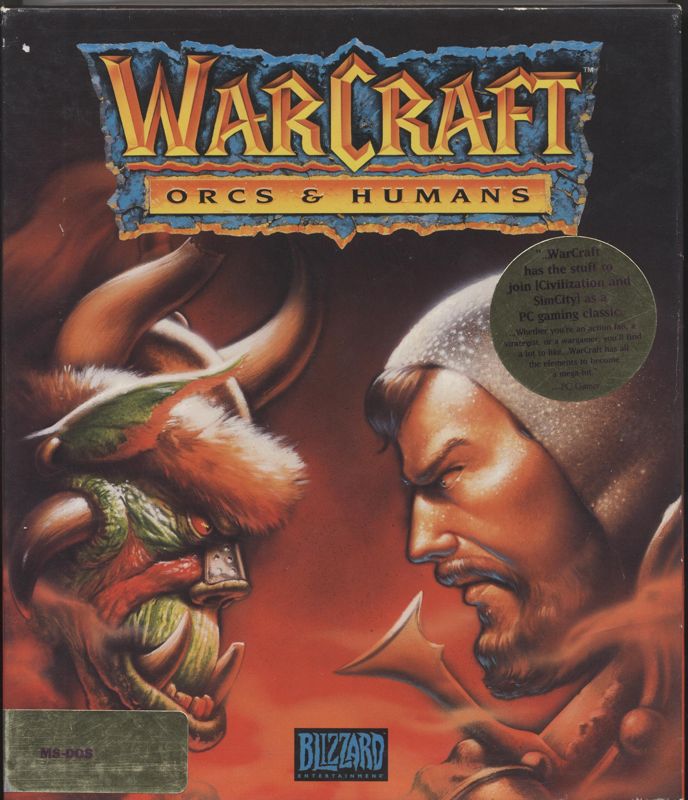
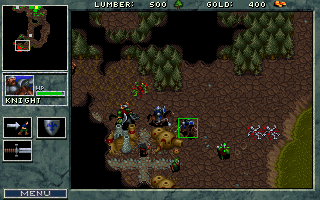
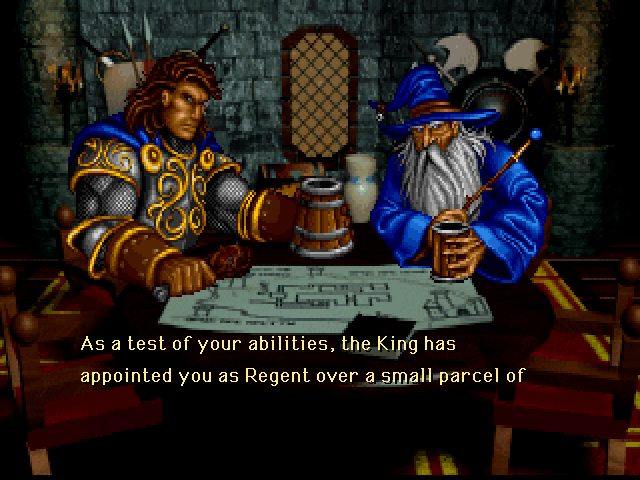
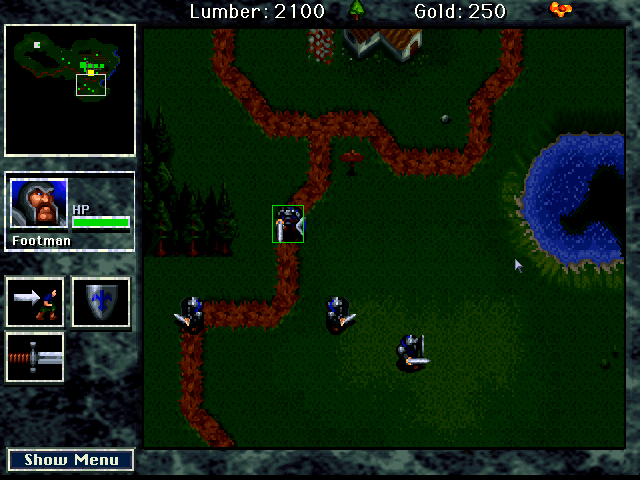
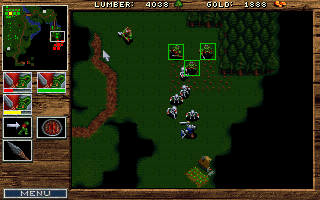
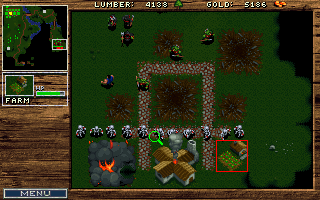



Reviews
There are no reviews yet.